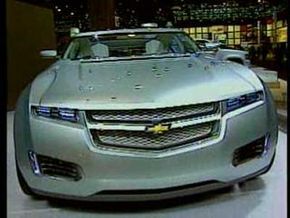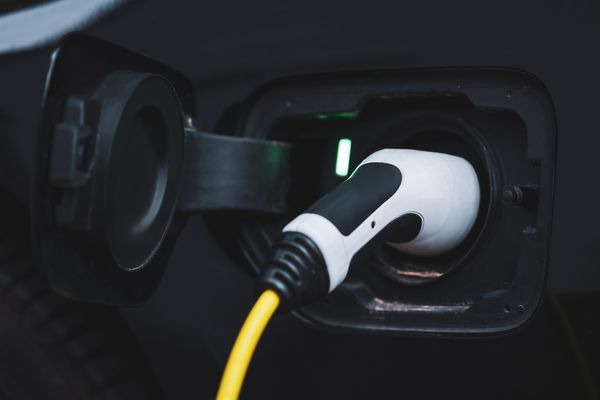Fuel cells run on hydrogen, an element that has a low-ignition point. This leads to some particular safety concerns. Even before fuel cells can become widely used in cars, a hydrogen delivery system must be put in place. A delivery system requires a network of pipelines, a truck transport system, hydrogen generation plants and hydrogen fuel stations across the United States. Each point along this network would need to be physically, chemically and mechanically secure.
Even the storage system within a hydrogen fuel cell-powered car itself presents unique problems. The hydrogen is quite heavy as compared to gas. So in order for a car to store enough hydrogen to travel the conventional driving range expected for a full tank (300 miles or around 480 kilometers), car frames either need to be sturdier or scientists need to find a way to make a full hydrogen fuel cell lighter.
Advertisement
Firefighters, emergency medical personnel, police -- any type of first responder -- will have to develop new processes and responses for car accidents that involve a hydrogen fuel cell-powered vehicle. Indeed, any incident, in any of the points in the hydrogen network, from the car to the pipeline to the hydrogen generation plant, will require a specific safety plan in place that deals with hydrogen explosions. As a result, the onus is really on the engineers of hydrogen fuel cells to ensure they're designing a safe and reliable system.


